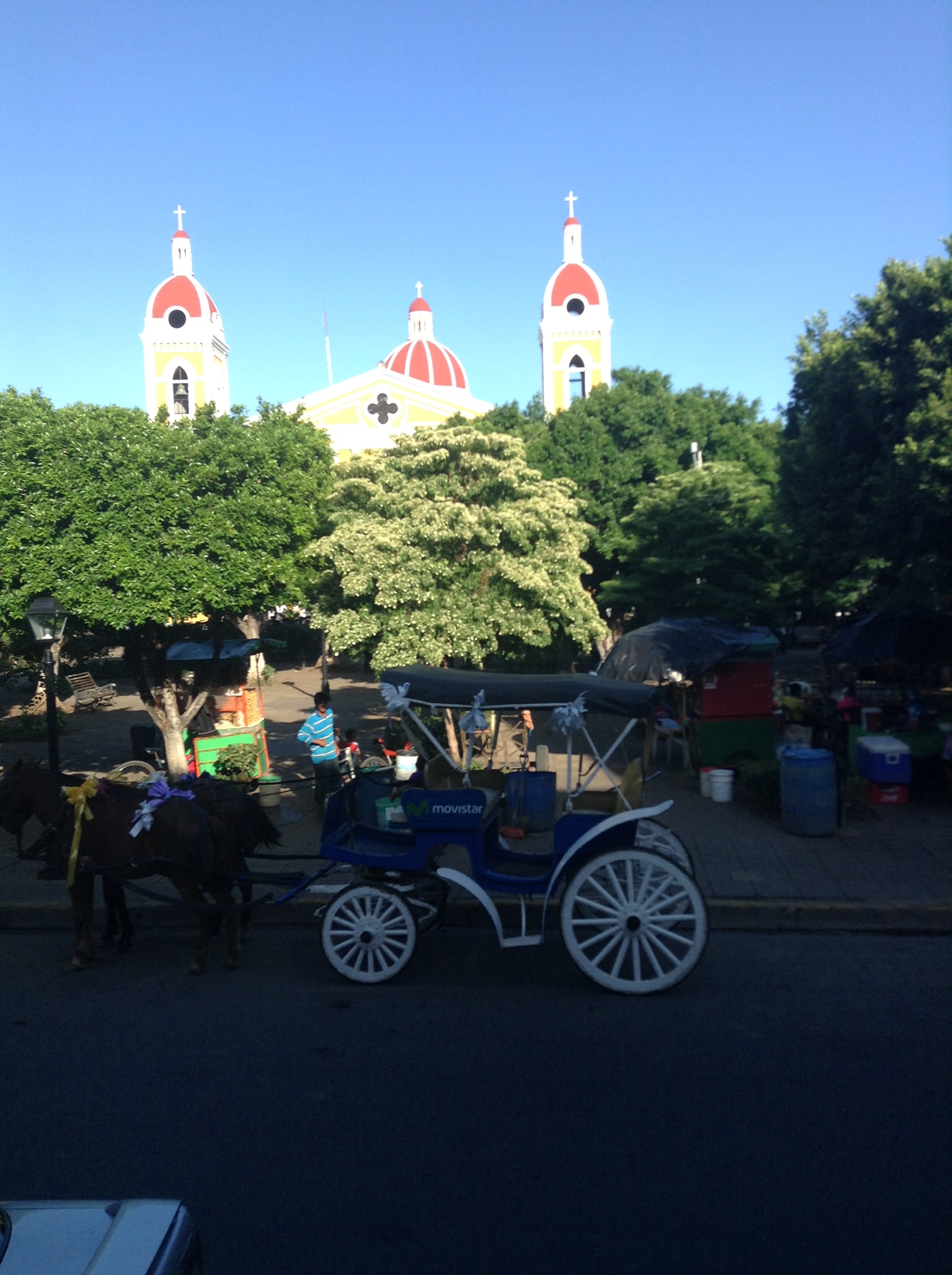Granada, Nicaragua
Posted on 11/16/2015 | About Port Hope, Ontario
Granada: Reinvention of a city
We all have heard the catch phrase “reinvention” and there are many examples of people who reinvented themselves (Madonna), companies (National Geographic) or even Countries (China). The term sounds progressive and trendy but in some cases it is simply a refining process. For instance the Nicaraguan city of Granada is undergoing its fourth reincarnation after enduring civil and economic hardship. The town site was originally settled by Cordoba in the year of 1524on the northern shore of Lake Nicaragua. Its location ended a journey often travelled by conquistadors, priests and pirates en route from Caribbean up the Rio De San Juan and to the Pacific. This easy access made the city a natural target for privateers and it was razed three times.

While Buccaneers no longer threaten the country a civil war (Oliver North and the Contra-Tehran Affair) occurred from 1983 to 1988 and was followed by a US embargo which crippled their economy. Our tour guide to the area told us that Canada aided the Nicaragua during that period by circumventing the embargo and supplying Nicaragua with grain. He said that the people’s motto at the time was “bread, but with dignity”.
The country is now rebuilding and Granada was designated as a UNESCOWorld Heritage Site in 2003. This city exemplifies a traditional Spanish settlement not only by its buildings but also by the layout of the streets: a large central square dominated by a Cathedral and administrative offices with streets leading off at right angles. Hotels and restaurants now occupy the spaces that housed wealthy families and being in these establishments can give you a feel for what life must have been like during the 1600’s.

Buildings are restored to the colonial style of the seventeenth century and must adhere to strict standards: high ceilings, tall doors and interior courtyards but no building can exceed a height of two stories. Walls are constructed of adobe and roofs must be tiled over a supporting framework of Castia cane. At one of the reconstructed hotels I visited rooms had no exterior windows because itwas not consistent with the Colonial Style. One point in which the restoration deviates from history is that residents are allowed use a wide palate of colours to paint their homes giving the community a very tropical vibe.
This re-creation has attracted tourists to the area who are drawn by its history and surrounding landscape. Many of these visitors found the cost of living to be low relative to their home country and now form a large expatriate community. Both outcomes have brought money into the locale and further restorations including La Polvora Fortress are now underway. Granada is an example of successful reinvention but that is the value of experience.


